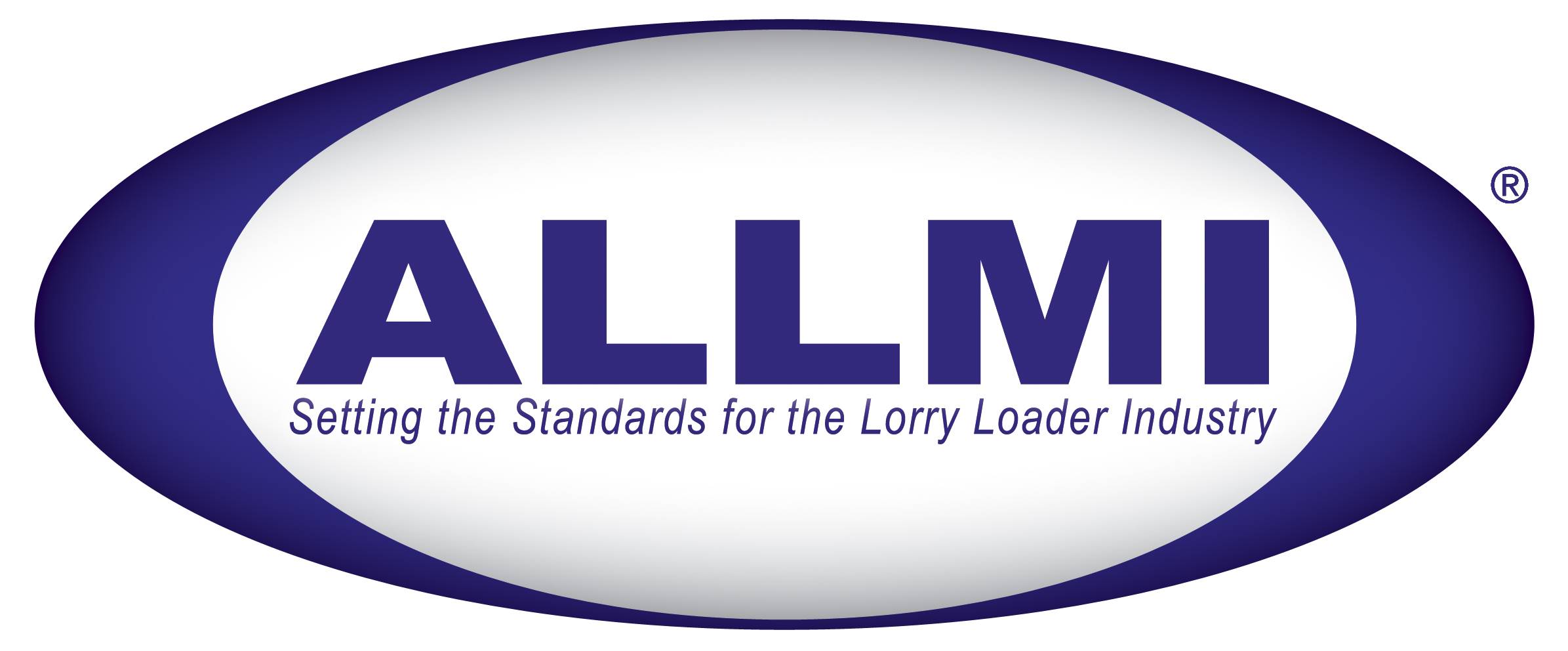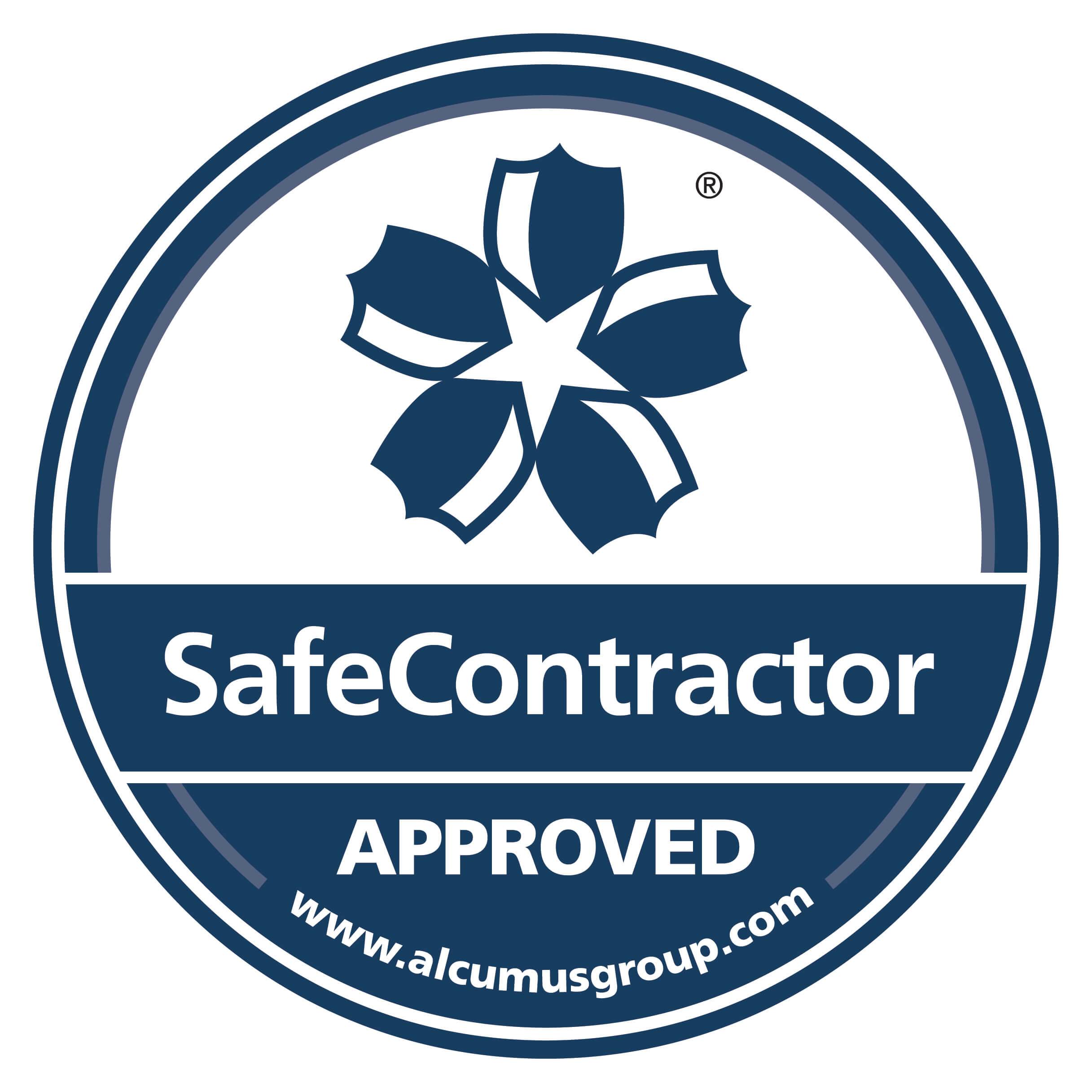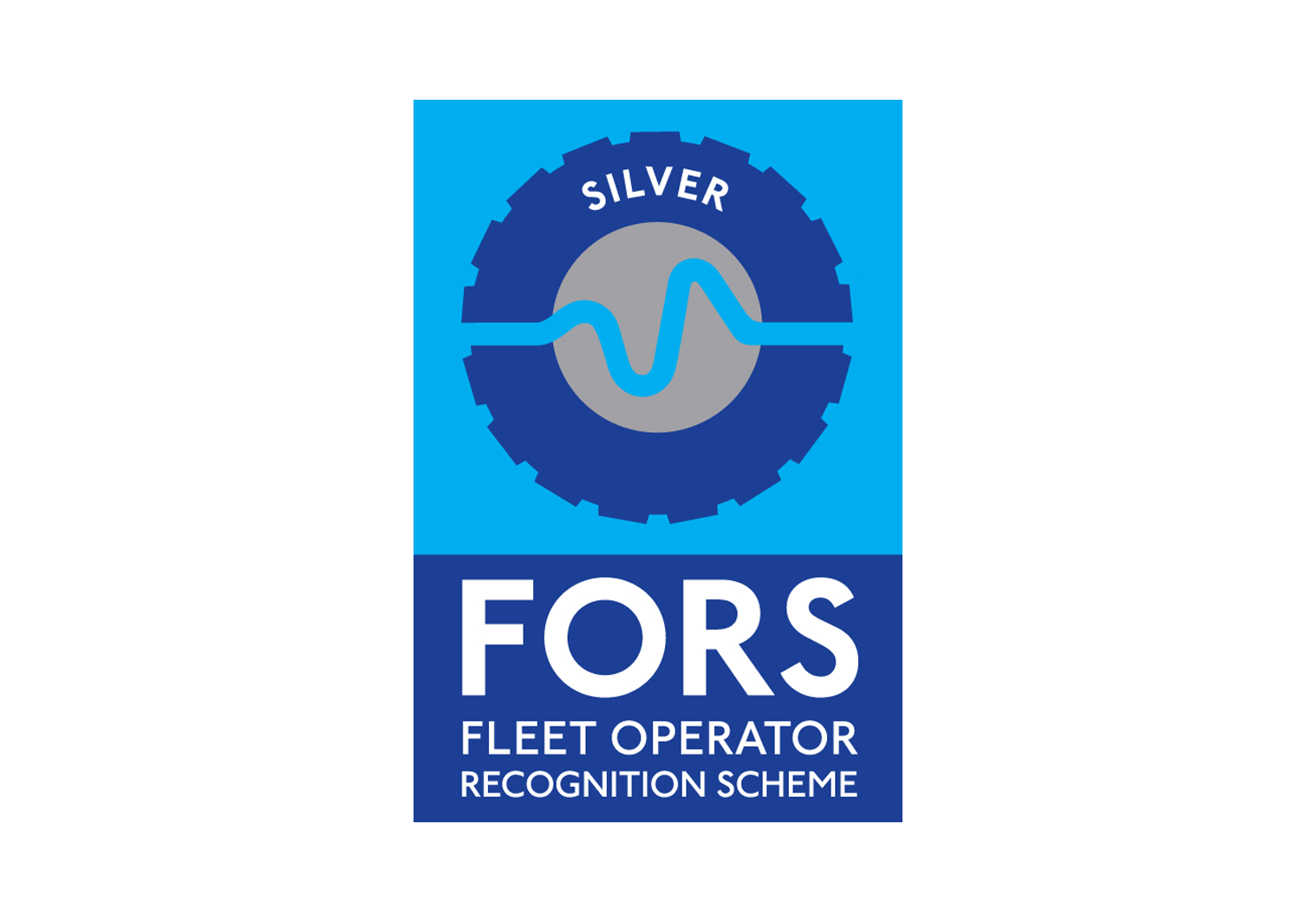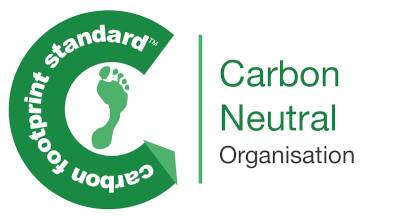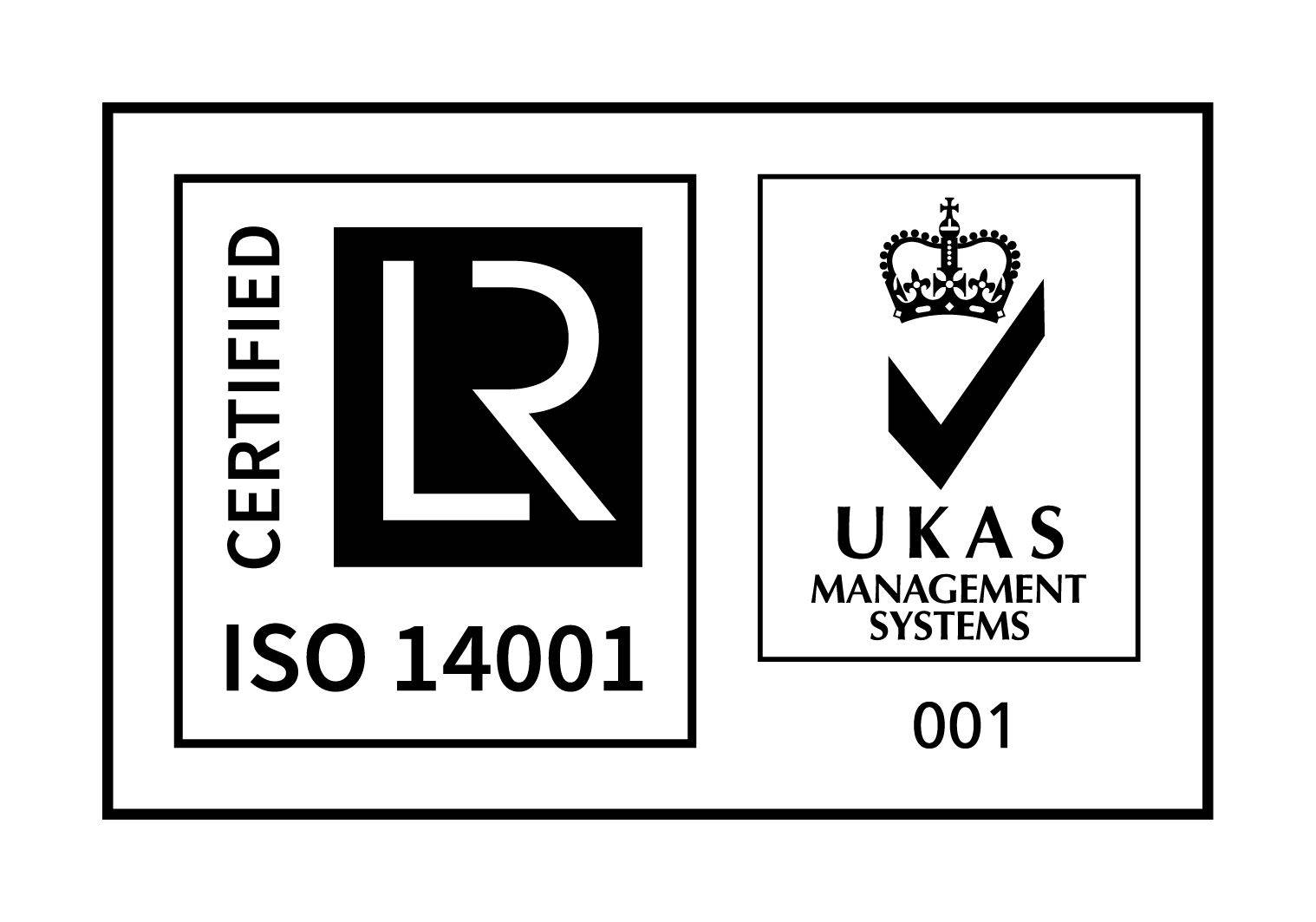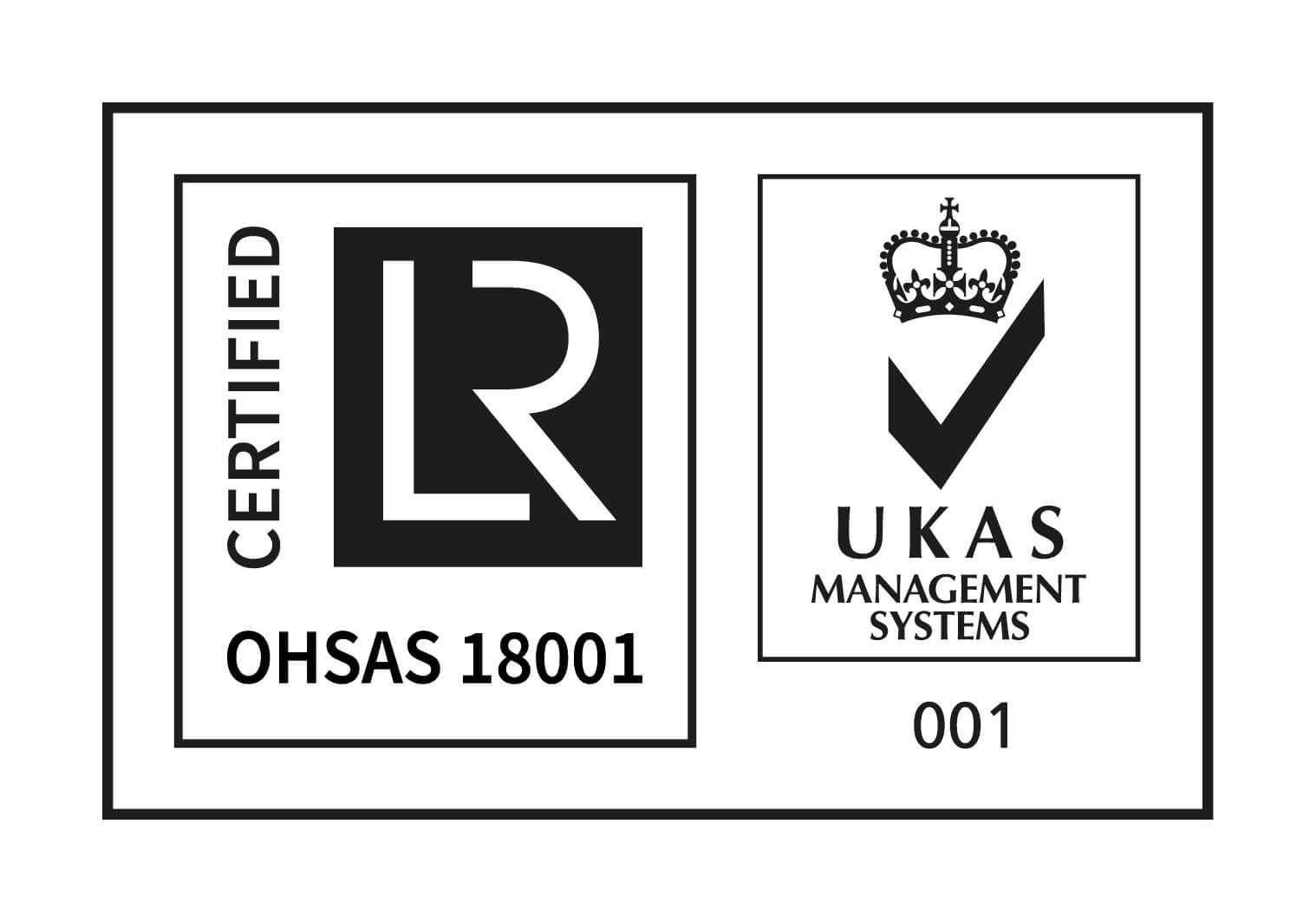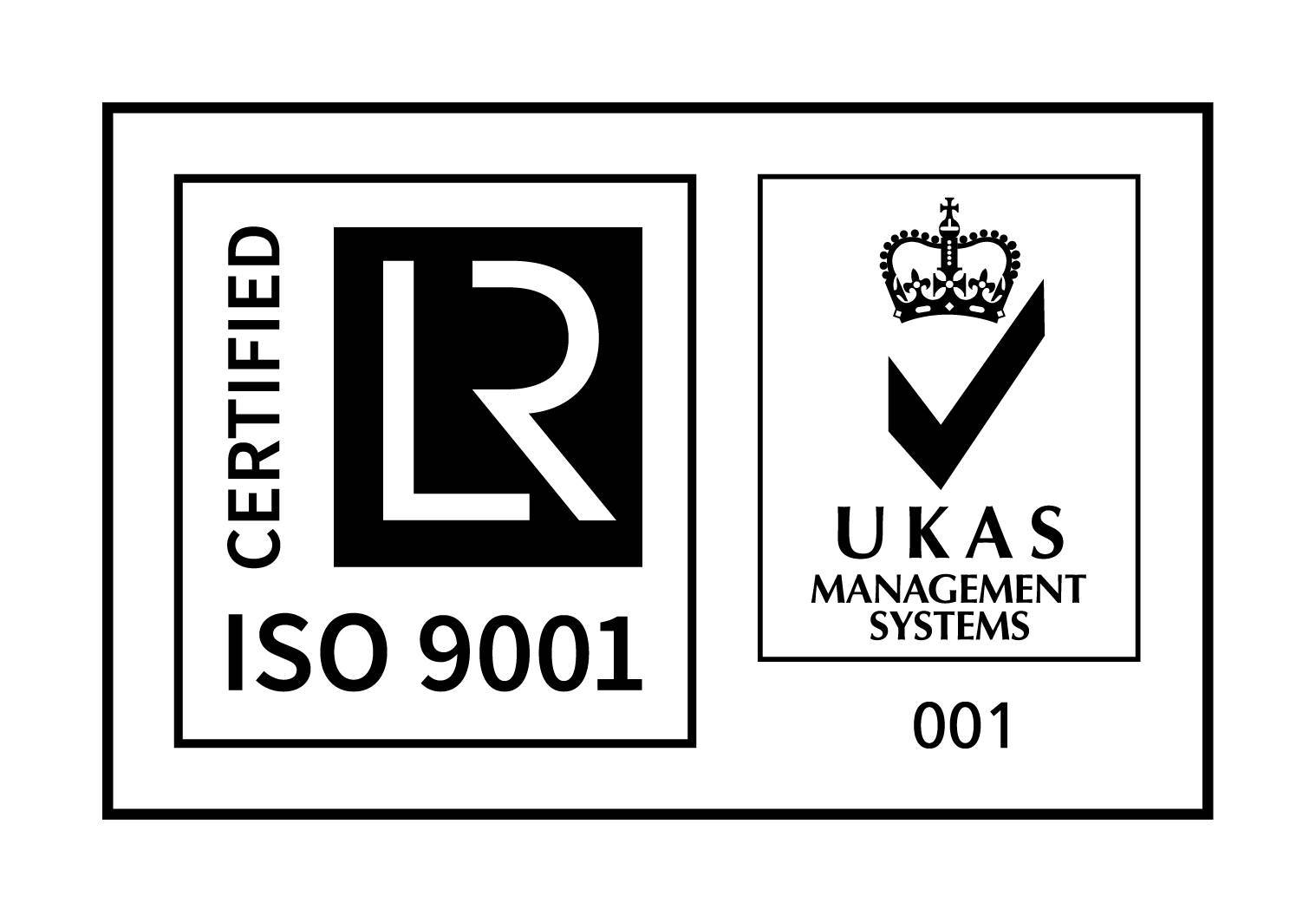The Stages Of Resurfacing A Tarmac Road
The smooth flow of traffic and the safety of road users rely on well-maintained roads. One essential aspect of maintaining the UK’s road network is tarmac resurfacing, which involves the removal of the top layer of road surfaces and replacing it with new tarmac. Tarmac resurfacing is a complex and carefully planned process, each stage plays a vital role in ensuring roads remain safe and usable for all road users. In this article, we will explain the stages of resurfacing a tarmac road, from preparation to the reopening of the newly resurfaced road.
1) Assessment and Planning
Tarmac resurfacing projects in the UK start with a thorough assessment of the road’s condition. Engineers and surveyors evaluate the road’s surface, identifying areas of wear, cracks, potholes, and other defects. This assessment helps determine the scope of the resurfacing project, including which sections require attention. Once the assessment is complete, a detailed plan is developed, taking into account factors such as traffic management, budget, and environmental considerations. Planning is crucial to ensure the project runs smoothly and efficiently.
2) Traffic Management
One of the primary challenges of tarmac resurfacing is managing traffic flow while work is underway. In the UK, road closures and diversions are often necessary to ensure the safety of both road workers and motorists. Traffic management plans are carefully crafted to minimise disruptions and keep traffic flowing as smoothly as possible during the resurfacing process.
3) Surface Milling
Before new tarmac can be applied, the old surface must be removed. This is typically done using a jackhammer or heavy machinery equipped with milling drums. These machines grind away the top layer of the road, removing the old tarmac along with any imperfections in the surface. The milled material is then cleared away and collected for recycling or disposal.
4) Sub-Base
After milling, any underlying structural issues or defects are addressed. This may include repairing potholes, levelling uneven surfaces and ensuring proper water drainage. Correct water drainage is vital, and without this step, major damage including potholes and cracks may reoccur. A sub-base is laid underneath to ensure a consistent and smooth surface for the new tarmac.
5) Tarmac Application
With the road properly prepared, the new tarmac can be applied. The tarmac mixture consists of aggregates, bitumen, and other additives, which is transported and heated by a tarmac hot box. Next, road pavers and other specialised machinery is used to lay and evenly spread the new heated tarmac across the sub-base. Tarmac constructors will also create ‘butt joints’ where the new tarmac meets the existing surface to ensure the transition onto the new tarmac is as smooth and even as possible for road users.
6) Rolling and Road Marking
Immediately after tarmac is applied, it must be compacted and rolled to achieve the desired density and smoothness. Heavy rollers are used to compress the tarmac and remove any small bumps and air gaps. This step is critical to ensuring a durable and stable road surface. Once the tarmac has been properly rolled, road markings and signage is added. These include lane lines, pedestrian crossings and any necessary road signs.
7) Quality Control and Reopening
Quality control measures are implemented throughout the resurfacing process. Before the road can be reopened to the public, inspections and tests are conducted by civil engineers and other personnel to ensure that the newly resurfaced road meets the required standards for strength, smoothness, durability and adequate drainage. After the tarmac has cooled and the quality control checks are passed, the newly resurfaced road is ready to be reopened. Road workers will remove any temporary traffic management measures and road users can once again commute on a smoother and safer road.
Tarmac Hot Box Hire From ND Brown
It is worth noting, we have provided a rough idea of road resurfacing, however, these stages and techniques can differ from contractor to contractor. We also mentioned above that tarmac is transported and heated by a tarmac hot box. This is a key element in any resurfacing project as tarmac needs to be stored at a specific temperature before application to prevent it from hardening and it remains in a workable and usable state for road constructors.
Tarmac hot boxes from ND Brown are insulated for thermostat control as well as being equipped with other features and available for hire in a wide range of sizes to suit different project needs. From 7.2 tonne hot boxes to 26 tonne roadmender hot boxes and 3.5 tonne towable hot boxes to static hot boxes. No matter where your resurfacing project is being carried out, we have multiple depots across the UK including London, Birmingham, Manchester, the Midlands and Scotland.
If you’re interested in hiring one of our hot box vehicles for a future short or long-term project, please contact us today, we will be happy to discuss your requirements and provide you with a non-obligation quote.
About ND Brown
ND Brown Ltd is a specialist independent truck rental and sales company of over 40 years’ standing. Owned and operated by the same dedicated management team since its inception, ND Brown’s efforts are focused on supplying the utility, civil engineering, municipal and highway maintenance industries with high-quality modern HGV vehicles for both short and long-term self-drive hire.
From our sales division, we also sell a wide, but specialised range of new and used commercial vehicles.
Please call us on 01902 791991 or email us on enquiries@ndbrown.co.uk


